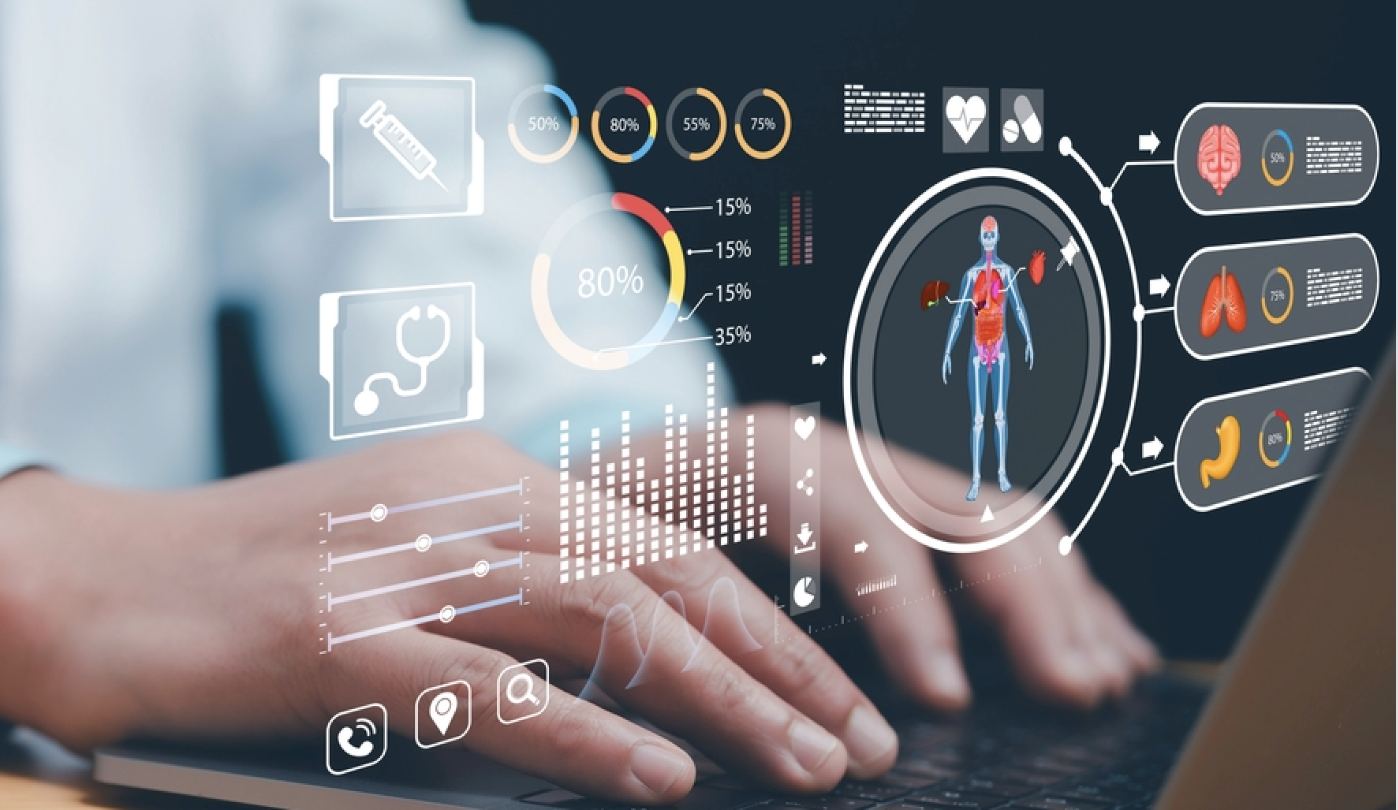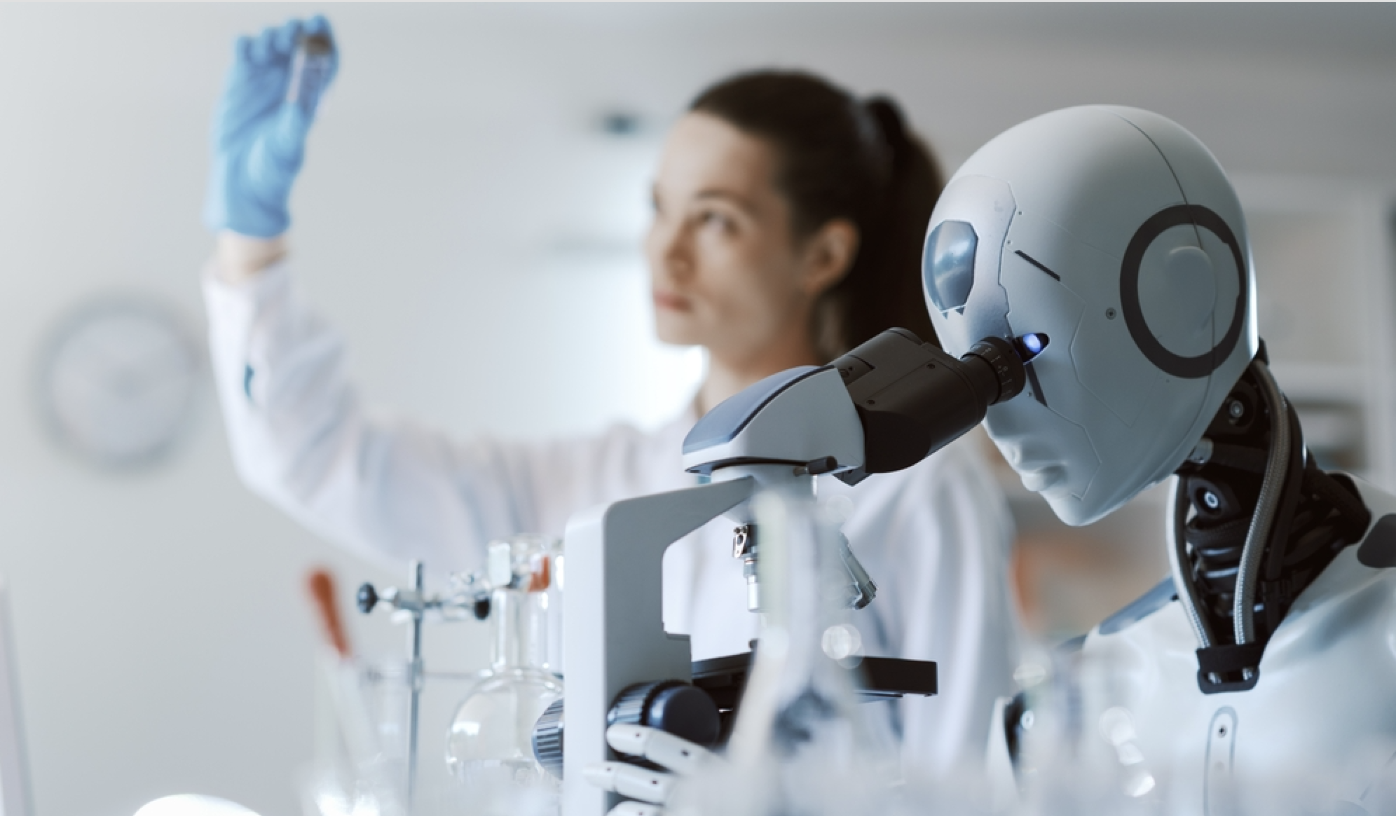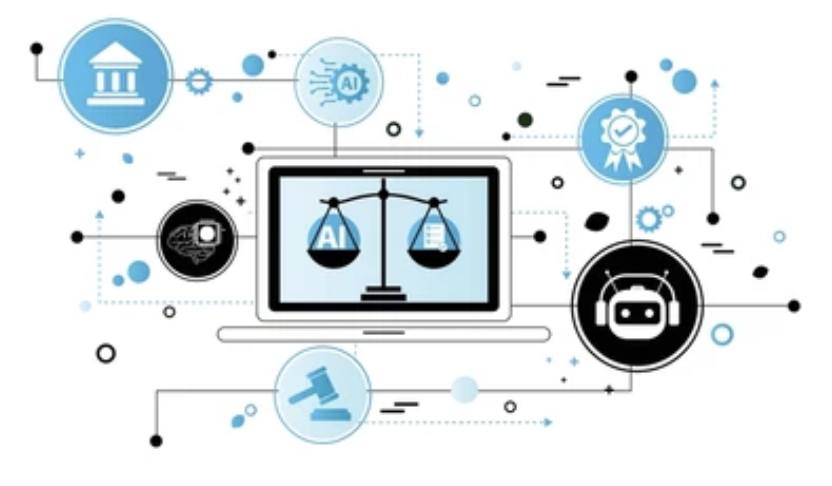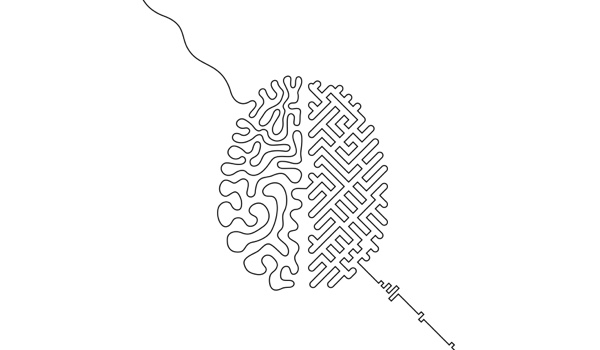


ISTANBUL - The history of telemedicine can be traced back to the telegraphic reports of troop casualties in the 1860s. In recent years, with communication technologies and the increase in technological diffusion, telemedicine has become more widely adopted in healthcare services (Jagarapu and Savani, 2021). Predictions state that over the next 10 years, a shift will occur with the transfer of health services from hospitals and clinics to phones, similar to how people can now access banks, restaurants and shopping centers from their phones (Dorsey and Topol, 2020).
Changes are expected with the adoption of telemedicine in the basic concepts of health services, such as patient-doctor relationships, clinical environments, diagnoses, and treatment processes. Of these changes, this article will focus on evaluating the ones related to the patient-doctor relationship.
Patient-doctor relationship
Medicine is an art rooted deeply in the history of humankind. As it is often formulated, the purpose of medicine or the duty of a doctor is ‘to cure sometimes, to treat (relieve) often, and to comfort always.’ The most basic element for the doctor to fulfil this duty is communication. In traditional medical practice, the doctor first inspects the patient, examines him/her, decides on therapeutic mixtures, makes additional recommendations, and comforts the patient. These stages are realized by the doctor firstly taking the anamnesis, and then using the information it holds to recommend what is best for a patient.
Evolution of the scientific methodology, the institutionalization of medical practice, and the inclusion of technical tools have brought about some changes in the relationship between the patient and the doctor. This can be seen in the fact that laboratory findings or radiological imaging can give more precise and correct information regarding
The content herein is subject to copyright by The Yuan. All rights reserved. The content of the services is owned or licensed to The Yuan. Such content from The Yuan may be shared and reprinted but must clearly identify The Yuan as its original source. Content from a third-party copyright holder identified in the copyright notice contained in such third party’s content appearing in The Yuan must likewise be clearly labeled as such. Continue with Linkedin
Continue with Linkedin
 Continue with Google
Continue with Google







 1005 views
1005 views










